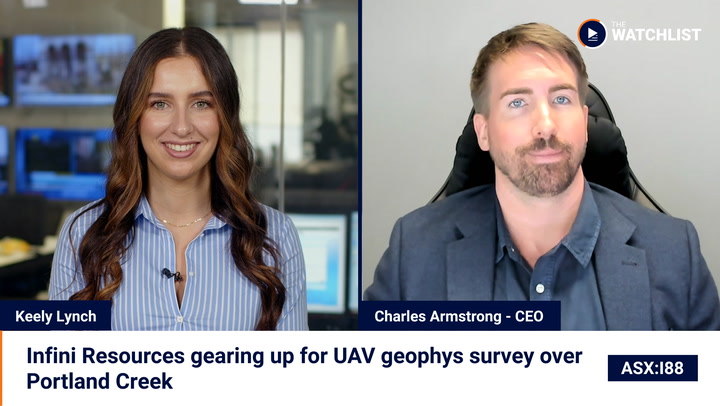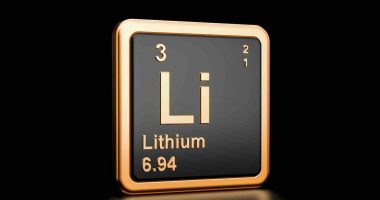- Salt Lake Potash (SO4) says brine extraction bore drilled into the Lake Way paleochannel has delivered strong flow rates and high grades
- The Lake Way Project is located in the northern Goldfields region of WA
- Throughout the 17 day test pumping period, potassium and sulphate grades averaged 7100 and 29,700 milligrams per litre respectively
- The bore also delivered flow rates of 18 litres per second
- This is significantly above the average flow rates used in the bankable feasibility study
- Furthermore, results have shown the brine flow and grade is continuous throughout pad 17 and pad 21
- Moving forward, Salt Lake Potash will drill and test pump further brine extraction bores along the eastern side of Lake Way
- Company shares are up 6.59 per cent and are trading for 48.5 cents each
Salt Lake Potash (SO4) has announced positive results from the pumping of its paleochannel brine extraction bore at Lake Way in the Goldfields region of WA.
Last month, the company began drilling its first brine extraction bore into the paleochannel basal sands at Lake Way. The bore was located at pad 17 with two monitoring bores also drilled nearby.
During test pumping, potassium and sulphate grades were consistent throughout, averaging 7100 milligrams per litre and 29,700 milligrams per litre respectively (15.9kg/㎥ of sulphate of potash (SOP)).
This is significantly above the average flow rates used in the bankable feasibility study (BFS). The BFS outlined eight litres per second (per bore) and average interpolated brine grades within the paleochannel of 6100 milligrams per litre.
The 17 day test period and constant pumping rate of 18 litres per second was reportedly sufficient enough to stress the aquifer and to model the long-term aquifer response to pumping.
Brine levels were measured in all three bores at pad 17 and also in pad 21, where one of the monitoring bores drilled approximately 1.6 kilometres to the north.
Positively, drawdown observed in pad 17 showed that brine flow is sourced from lateral flow within the basal sand aquifer as well as from downward vertical leakage from the overlying paleovalley clays. This aligns with modelling assumptions set out in the BFS.
Furthermore, drawdown was observed in pad 21, which shows the brine flow and grade continues into this zone. A brine sample taken from the monitoring bore at pad 21 reported a grade of 7230 milligrams per litre potassium and 29,500 milligrams per litre sulphate.
“Strong results from pumping our first brine abstraction bore validates work undertaken as part of the BFS and highlights the value of the paleochannel resource which will be a significant contributor of brine supply to our ponds over the life of the project,” CEO Tony Swiericzuk said.
Moving forward, Salt Lake Potash plans to drill and test pump further brine extraction bores along the eastern side of Lake Way.
Company shares are up 6.59 per cent and are trading for 48.5 cents each at 12:40 pm AEST.








